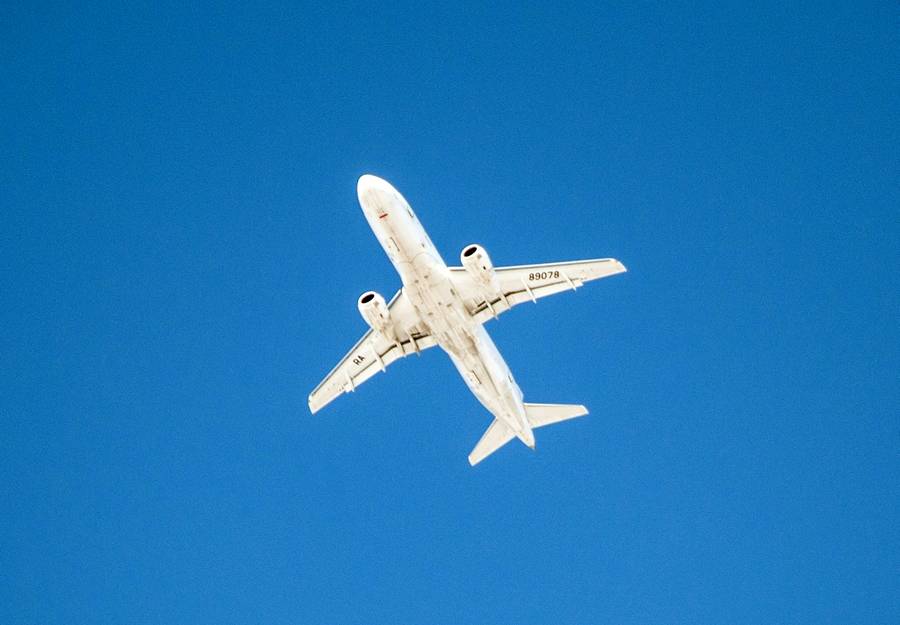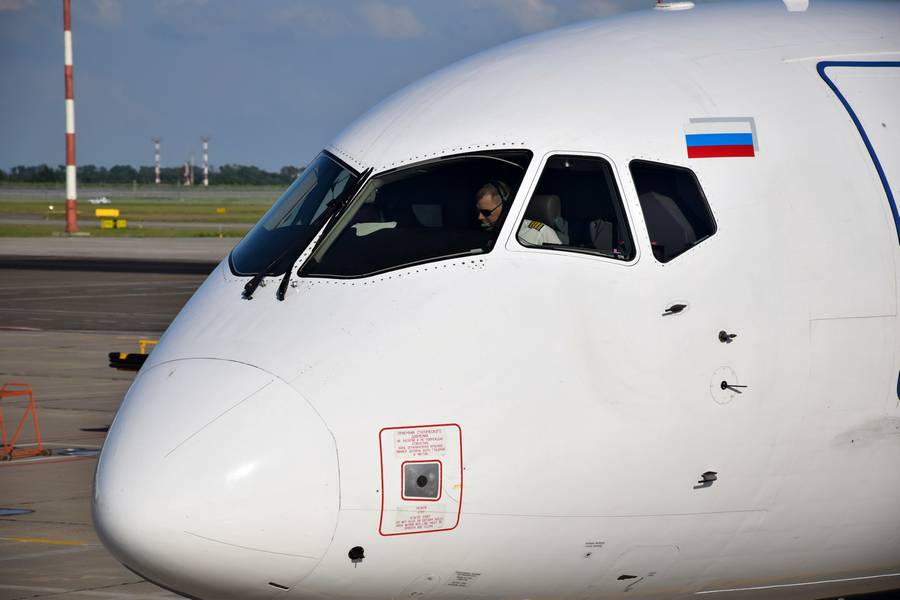Can Russian airlines rely on the Sukhoi Superjet, if they struggle to find spares for their Boeings and Airbuses? How Russian is the SSJ100?
We have already seen that airlines in Russia will struggle to find spares for much of their existing fleets. Even the maintenance sites themselves are an issue. Aeroflot has been using a Lufthansa Technik site in Leipzig, Germany, for heavy maintenance and repairs. The carrier should already be able to do other maintenance in its Russian bases. But re-establishing a site in Russia for heavier work could take time. That’s assuming parts are available.
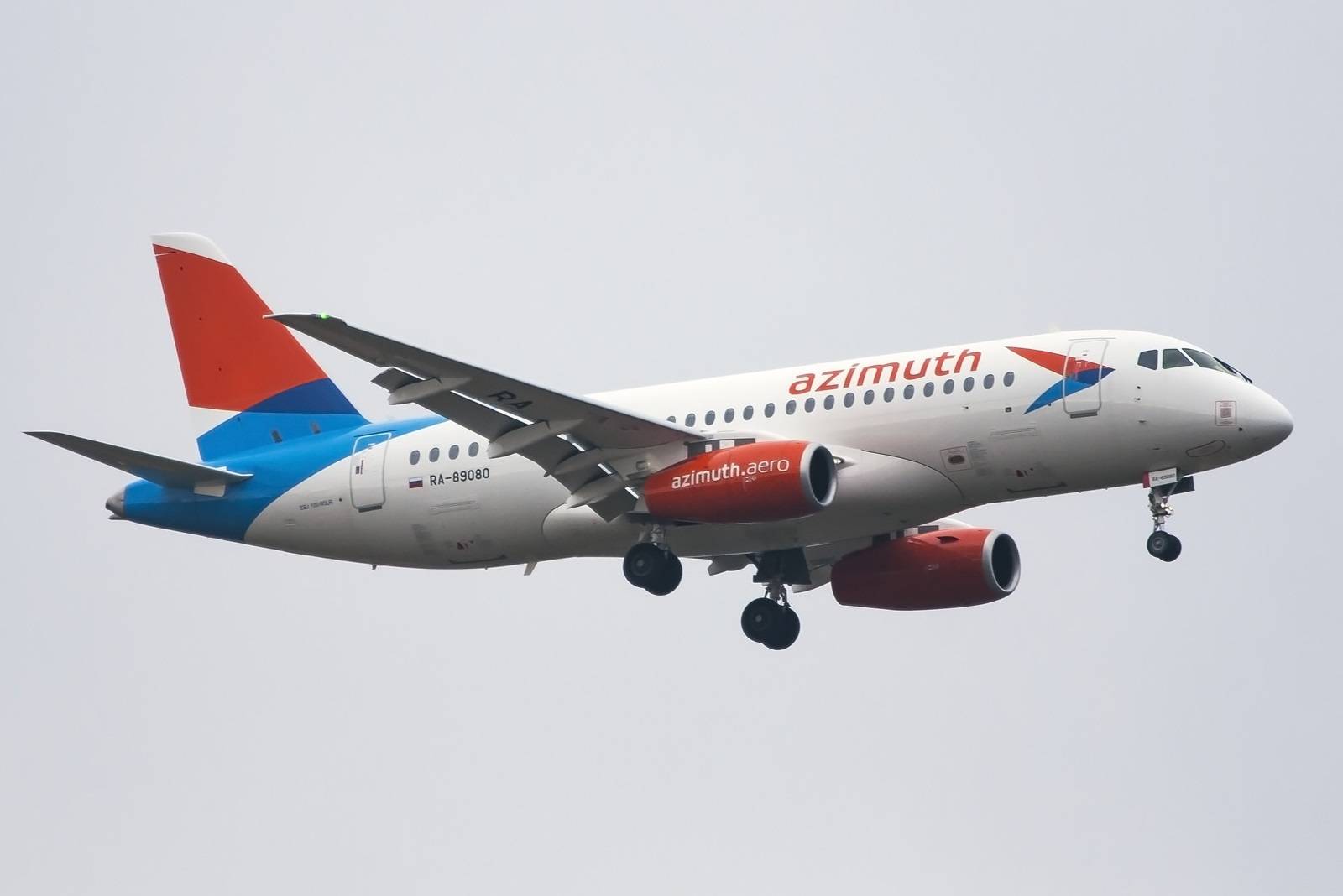
We have already looked at the new Irkut MC-21, and how the company may “Russify” its systems in the future. But what about the other Russian single-aisle jet, the Sukhoi SuperJet? Unlike the MC-21, this plane has already been in service for several years. Can airlines in the country continue using the aircraft? They appear to be scheduling it for plenty of flights over the coming months, according to sources.
But this scheduling may have more to do with the ownership of the jets, than their maintenance. Operators of the Sukhoi SuperJet appear to either own them outright or have acquired them from Russian lessors. So, when it comes to their future usage, we still need to look at how much of the plane really comes from Russia.
Foreign Contributors
Much like the Russian MC-21, the Sukhoi SuperJet features many components from European and American suppliers. Thales in France is providing much of the avionics. Also in France, Safran makes the aircraft’s landing gear and fuel systems. Liebherr, with facilities in Germany and Switzerland, makes the flight controls. In the US, Raytheon and Parker Hannifin provide interiors and hydraulics respectively. Honeywell makes the APU and INS.
We saw a similarly diverse mix of suppliers with the MC-21. All this may sound a bit unlikely today, but not too long ago, it wasn’t. The launch of the Sukhoi SuperJet came in 2005, with a launch order from Russian carrier Aeroflot. Deliberations and studies about the project had started almost five years earlier. This was an era when new international opportunities and partnerships were booming. Even Boeing played a role, as a Sukhoi consultant!

And then we have the engines. The SSJ100 uses the PowerJet SaM146. The company responsible for the installation of this engine to the Sukhoi Superjet is the Russian NPO Saturn. The same company also makes the low-pressure section of the engine. But the core engine, FADEC, the gearboxes and the integration of the engine, are the work of France’s Safran. Safran and NPO Saturn operate PowerJet as a 50-50% joint venture.
In terms of its design, the engine is a development of the CFM56. And that’s a bit ironic, as CFM is Safran’s 50-50% venture with General Electric. So the irony here is that in the CFM venture, GE was responsible for the core of the CFM56. And this core design originally came from GE’s military F101 engine, as we’ve seen.
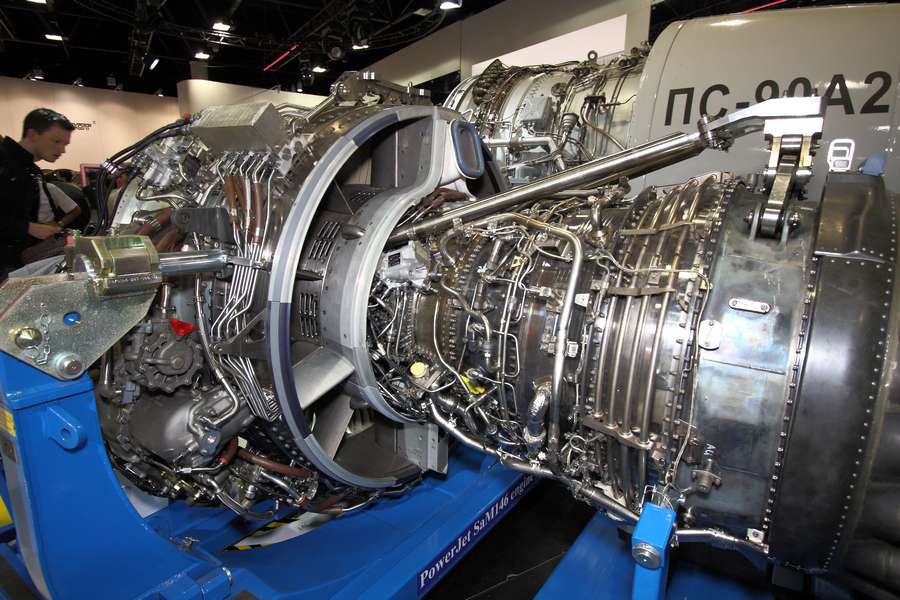
SSJ100R: A More Russian Sukhoi SuperJet
Clearly, a lot of this aircraft isn’t Russian. But Sukhoi (and its parent, UAC) is working to make the SuperJet more Russian. It has already launched plans for a “Russified” version, that it calls the SSJ100R. Companies in Russia will provide alternative systems for avionics, hydraulics, electrics, interiors, landing gear and APU. It will also have a new MC-21-like composite wing.
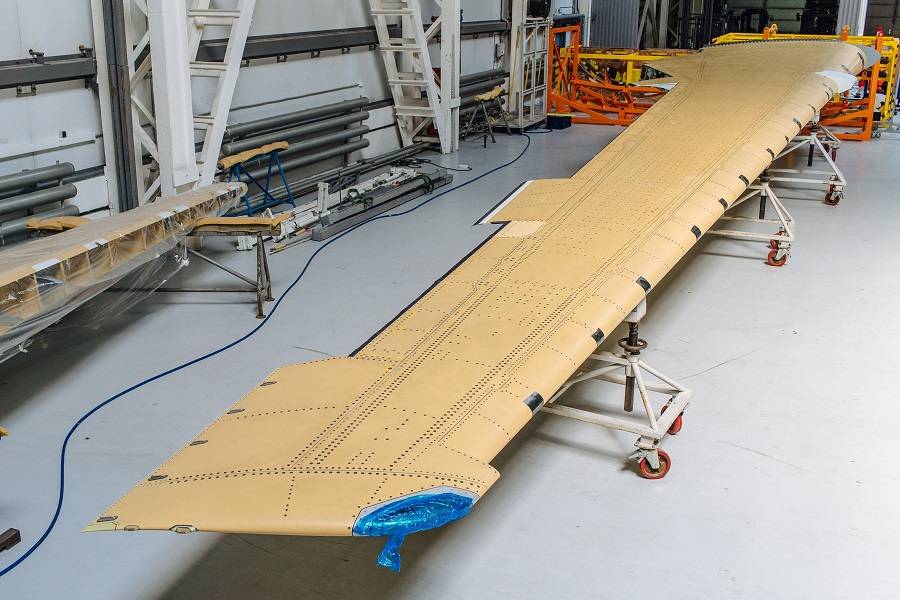
That leaves the engines. Here, UAC is looking for some convergence with the Irkut MC-21. This plane got its first certification with a variant of Pratt & Whitney’s extremely efficient Geared TurboFan (GTF). But a variant of the aircraft already flew with the Aviadvigatel PD-14. Predictably, UEC-Aviadvigatel is a Russian company. And it’s already planning a smaller version of the engine for the Sukhoi SuperJet.
This will be the Aviadvigatel PD-8. It could also power the Beriev Be-200 fire-fighting seaplane. This jet currently uses Ukraine-made Progress D-436 engines. So the PD-12 could evolve as a Russian family of engines, going further than the Sukhoi Superjet or the MC-21. There are even plans for a turboshaft helicopter version.
But as we saw with the MC-21, designing a new system takes time. Certifying a new aircraft variant with so many new key systems will take even more time. And it is worth pointing out that even the “western” Sukhoi SuperJet faced many challenges, with Russian and other operators. Both production and sales have been very slow.
And then there’s the question of whether or not Russian carriers can financially afford widespread fleet renewals. The Russian aviation industry as a whole may need substantial funding, for the SSJ100R and MC-21-310 to become a reality. And in any case, airlines will need to wait many more years, for them to arrive.

